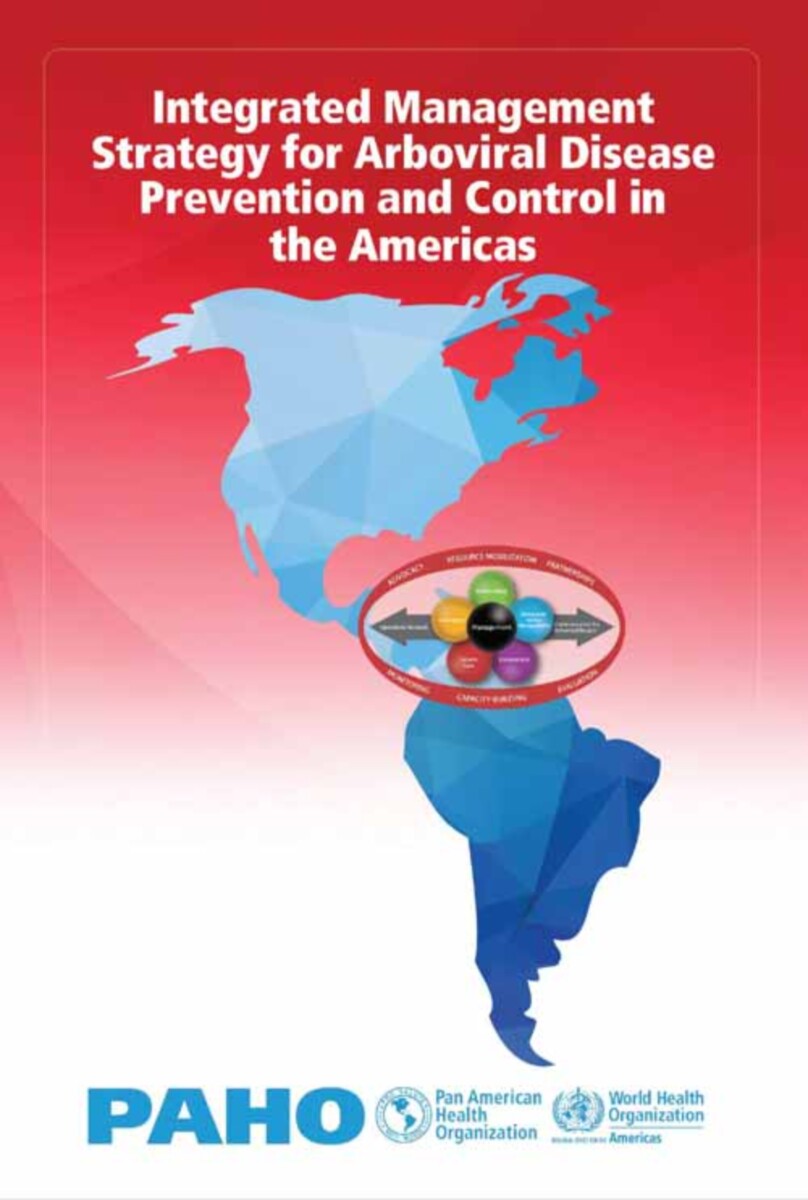Integrated Management Strategy for Arboviral Disease Prevention and Control in the Americas
- Publisher
Pan American Health Organization - Published
20th July 2020 - ISBN 9789275220498
- Language English
- Pages 95 pp.
- Size 8.5" x 11"
Library E-Books
We are signed up with aggregators who resell networkable e-book editions of our titles to academic libraries. These editions, priced at par with simultaneous hardcover editions of our titles, are not available direct from Stylus.
These aggregators offer a variety of plans to libraries, such as simultaneous access by multiple library patrons, and access to portions of titles at a fraction of list price under what is commonly referred to as a "patron-driven demand" model.
- Publisher
Pan American Health Organization - Published
20th July 2020 - ISBN 9789275120491
- Language English
- Pages 95 pp.
- Size 8.5" x 11"
In recent years, conditions in the Region of the Americas have been highly favorable for the introduction and spread of arthropod-borne viral infections (arboviral diseases). Although dengue has been circulating for over 400 years, the number of cases reported since the year 2000 represents an unprecedented increase, with four serotypes in circulation. Since that year, 19.6 million cases of dengue have been reported to PAHO/WHO, including more than 800,000 severe cases and over 10,000 deaths. In 2015 and 2016 alone, more than 4.8 million cases were reported, 17,000 of them severe, resulting in 2,000 deaths. Despite a 23% reduction in the dengue case-fatality rate in the last six years (from 0.069% to 0.053%), the continued risk of severe disease and even death poses a serious public health problem in the Americas. Today, arboviruses present an extremely complex and unstable epidemiological situation, given the simultaneous epidemic circulation of three arboviral diseases and the risk that others could become epidemics, for example, Mayaro fever. Countries are aware that this complex situation can only be addressed with a comprehensive and multidisciplinary approach. The development of IMS-arbovirus is part of a history of technical cooperation between PAHO/WHO and the countries and territories of the Americas. It is based on the lessons learned during the development and implementation of national IMS-dengue programs in recent years. This history of cooperation is not new. It dates back to October 1947, with the adoption of Resolution CD1.R1 during the first Directing Council of PAHO. This resolution stated that the solution to the problem of urban yellow fever would be the eradication of Ae. aegypti in the entire hemisphere. The success of that campaign was demonstrated in 1962, with the eradication of this vector in 18 countries in the Region and several Caribbean islands.


